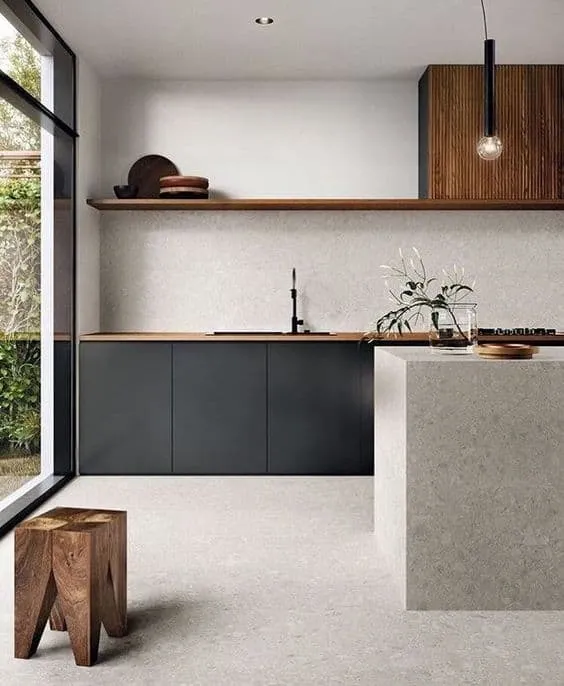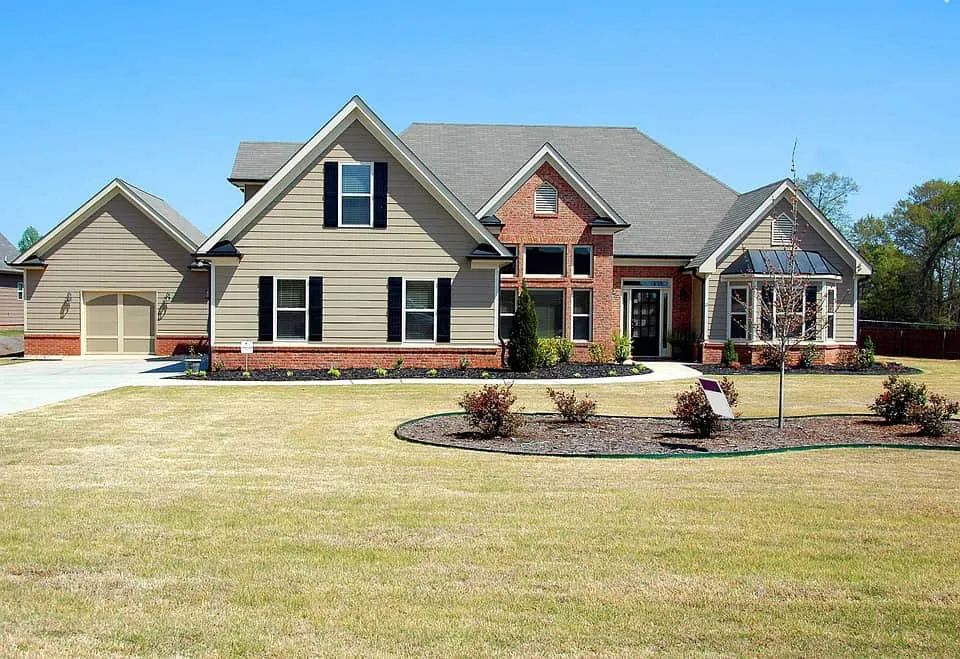There can be your advertisement
300x150
5 Additional Specialties to Study Alongside Architecture
Architecture is an exciting and complex field. It combines technical and creative tasks, critical thinking, and problem-solving skills. The reward can be both personal and professional.
The challenge lies in choosing the right combination of additional specialties to maximize educational and career opportunities. While there are many undergraduate programs available, it is usually recommended to focus on those offered by architecture (or visual studies) schools.
Many additional specialties are interesting and complex, but some pair well with architecture. This can involve exploring new media, gaining a deeper understanding of how things look, work, and are perceived. Additional specialties can be taken more seriously by architects when they include topics such as architecture or design. The good news is that many additional specialties can be viewed in this way.
However, you'll hear many people recommend focusing entirely on your major. They believe architecture is already complex enough without additional exams, books, or scientific articles. This may be true, but we support you in this.
Cheap help with writing academic papers is available right here and now. Professional service at affordable prices, no plagiarism or formatting — added completely free. Be sure to check them out and save time and money on more important things.
Now, let's move to the five additional specialties worth considering alongside your main architecture major.
1. Minor in Architecture History
Architecture history is the study and understanding of buildings and their histories. This can be implemented through a program offered by a specialized department at a respected university with extensive research into specific architectural and urban history.
The goal of the minor is to provide students with an understanding of the history and methodologies related to designing traditional buildings and modern practices in this field. While this discipline may seem straightforward, there is a lot to learn beforehand.
Architecture historians study and write about the history and structure of buildings and cities around the world. Besides being fun, this specialty offers valuable experience in understanding the nature of construction and how various structures have evolved over time — which can be useful for your future career.
2. Minor in Anthropology
Having a minor in anthropology is not just about studying human culture and history. You will also develop interdisciplinary skills that will be useful in the future. An anthropology minor is a social science. The field of anthropological research focuses on analyzing and recording human populations over time. Some scholars specialize in interpreting human behavior, understanding its origins, current state, and future.
The main goal of this program is to foster awareness and respect for cultural differences while maintaining the ability to apply scientific methods of analysis and accurate documentation of such data.
The field of anthropology can provide you with favorable job prospects and a stepping stone to other professions. Studying people and their cultures can give us valuable insights into how humans think and interact with each other. Anthropology can help you look back at the history of early human buildings and answer questions about why they were built in a certain way or how they were used. This helps you gain a clearer understanding of our architectural past.
3. Minor in Computational Design
Have you considered a minor in computational design? This is a program that engages students in various complex tasks related to architectural engineering. The course evaluates your level of knowledge and provides an understanding of how computer systems work. Completing this minor gives you access to resources and opportunities that will be useful in your future.
Computational design in architecture is a growing discipline focused on efficient and effective ways to solve problems using programming technologies. It's less about the visual appearance of a building than its functionality. This has led to recognition of simpler and more effective solutions that can be implemented faster and cheaper than some traditional approaches.
In other words, computation can be very useful in architectural design. You can recreate famous buildings or create your own — all using modern technologies. The field of computational design combines visual and digital aspects to propose solutions for structural and urban planning problems.
It includes models, simulations, and design tools that allow students to express their ideas through composition and placement of buildings and other similar structures.

4. Minor in Architectural Design
Architectural design is an interdisciplinary topic combining design and architecture. The curriculum is designed to supplement students with knowledge of core sciences and practical applications in areas such as:
- construction contracts
- design analysis
- landscape design
- local governance
- population structure
- transportation planning
Architectural design is an area related to studying, designing, and constructing buildings, structures, and equipment. It requires original thinking and an appreciation for beauty. This field of design is an excellent way to gain necessary skills while gaining practical experience.
Interest in architecture arises in many young people. It ignites through the visual, audio, and tactile aspects of the design field. As an artist, you understand the relationship between form and function, matter and space in your own way. This awareness can lead you to engage with social and conceptual issues related to architecture.
An architectural design minor forms a wide range of creative careers, and these options can vary from internships at architecture firms to interpreting plans for various private projects.
Overall, it's an exciting professional perspective offering the opportunity to gain practical experience in project-based learning while valuing education.

5. Minor in Architectural Technologies
An architectural technologies minor is a branch of architecture related to the core principles of building construction such as foundations, administrative support, and ecological aspects. An architectural technologies minor provides valuable skills and experience that will help in your future career.
This specialty offers the chance to gain real-world experience through actual projects. You'll have a chance to work alongside faculty, assist others in their research projects, attend lectures, and network with professionals as you develop your skills as a professional.
Architectural technologies is a rapidly growing field, but it offers high pay for those willing to take on the challenge. Begin your journey with this minor and gain hands-on experience in your field. You'll need creativity, energy, interpersonal skills, and the ability to work independently and under pressure. Graduates of this program remain in the job market long enough to earn a high salary — and enjoy a comfortable life.
What to Take With You
Studying architecture is one of those tasks that allows combining technical knowledge with creative abilities. This blend enables architects to design buildings with aesthetic appeal and functionality that goes beyond old blocks and modern constructions.
As a major, it's already complex in itself — but if you want to expand your knowledge, work on interesting projects, or simply accept a new challenge, you should consider pursuing an additional specialty. In the long run, you'll be glad you took this opportunity, met new people, worked on unique projects, and most importantly — felt better about yourself.
More articles:
 4 Simple Steps to Increase Property Value
4 Simple Steps to Increase Property Value 4 Economical and Innovative Furniture Items in Trend
4 Economical and Innovative Furniture Items in Trend 4 Steps to Choose the Right Material for Your New Deck
4 Steps to Choose the Right Material for Your New Deck 4 Systems for Hanging Curtains Without Drilling
4 Systems for Hanging Curtains Without Drilling 4 Tips for a Minimalist Kitchen
4 Tips for a Minimalist Kitchen 4 Tips for Choosing the Best Water Heater for a Stylishly Decorated Home
4 Tips for Choosing the Best Water Heater for a Stylishly Decorated Home 4 Tips for a Smooth Home Selling Process
4 Tips for a Smooth Home Selling Process 4 Tips for a Beautiful Dining Space
4 Tips for a Beautiful Dining Space